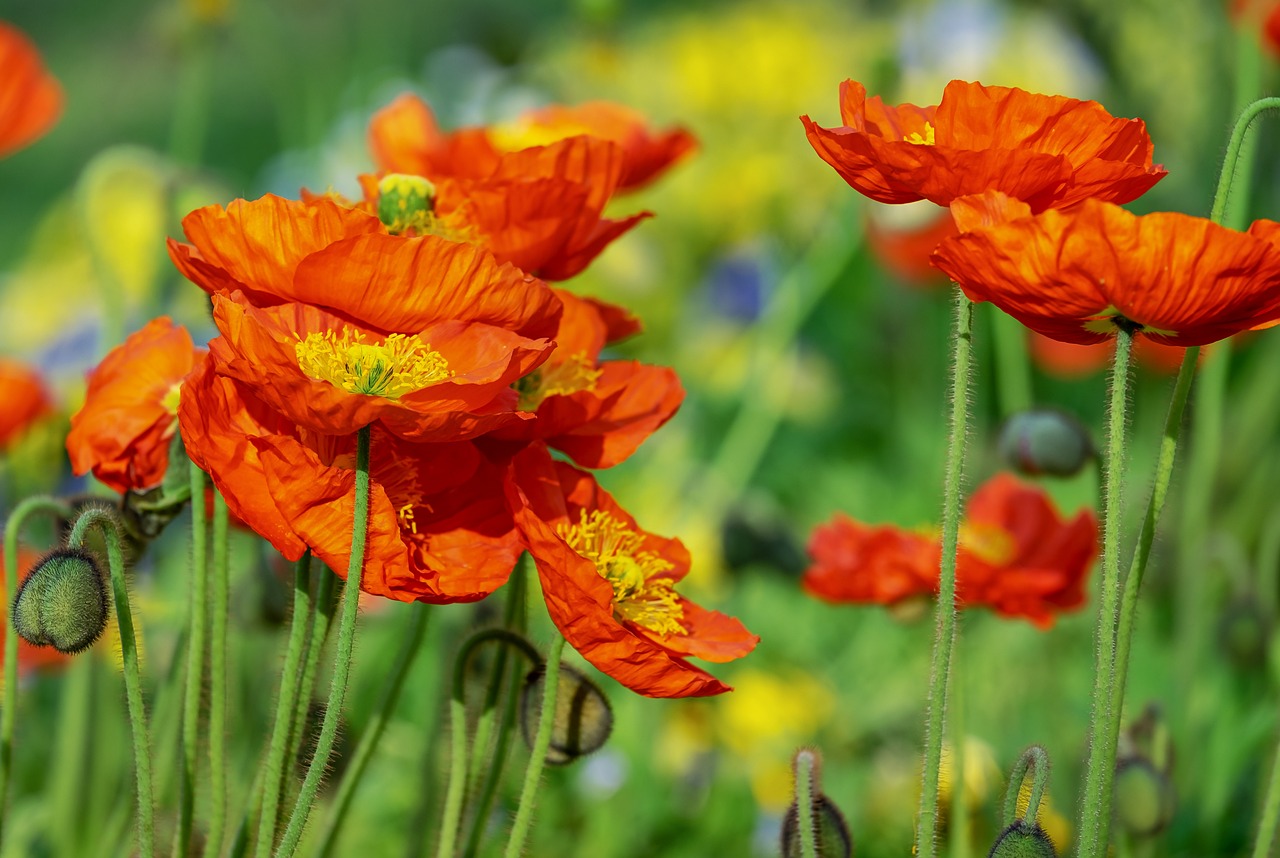The Symbolism of Poppies in Remembrance
Each year, the sight of poppies fills the streets of the UK as the nation commemorates those who sacrificed their lives during the two world wars and other conflicts. The tradition, rooted in history, continues to unite people through various events held around Armistice Day on November 11 and Remembrance Sunday.
Historical Context and Evolution
The custom of wearing poppies originated during World War I, particularly inspired by Lieutenant Colonel John McCrae’s poignant poem, In Flanders Fields, which he penned in 1915 after witnessing the devastation in Ypres, Belgium. The poem’s imagery of red wildflowers blooming amid battlefields struck a chord with many.
In 1919, Anna Guérin, a French educator and fundraiser, began selling poppies to raise funds for veterans. Her efforts led to a significant partnership with the Royal British Legion in 1921, which ordered one million poppies from her and later commissioned eight million more to be produced in Britain. Initially crafted from silk, poppies are now made from fully recyclable paper—a reflection of changing times and environmental awareness.
The Royal British Legion emphasizes that wearing a poppy is a personal choice that reflects individual memories and connections.
In Scotland, Lady Haig established Lady Haig’s Poppy Factory in 1926 to provide employment for veterans. This factory remains integral to Poppy Scotland’s fundraising campaigns.
Diverse Representations of Poppies
While the iconic red poppy honors those who fell during World War I and subsequent conflicts, other colors have emerged to symbolize different aspects of remembrance:
- The purple poppy commemorates animals lost during wartime service.
- The black poppy recognizes the contributions of black communities to military efforts.
- The white poppy stands for all victims of war and promotes nonviolent solutions.
The Royal British Legion encourages individuals to wear their chosen poppy with pride, whether as a badge on a lapel or through other forms like wreaths and charms.
In recent years, large-scale art installations have further highlighted this symbol’s significance. Notably, artist Paul Cummins created a stunning display of nearly 900,000 ceramic poppies at the Tower of London’s moat in 2014. Each piece represented a life lost during World War I and collectively raised over £15 million for service charities.
Looking Ahead: A Future of Remembrance
As communities across the UK prepare for future remembrance activities, including nationwide campaigns like “light up red,” the enduring legacy of the poppy remains as vital as ever. From personal reflections to national ceremonies, this symbol continues to foster a collective memory that honors sacrifices made throughout history.


